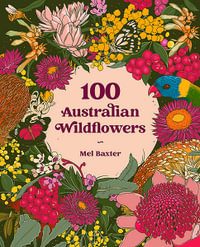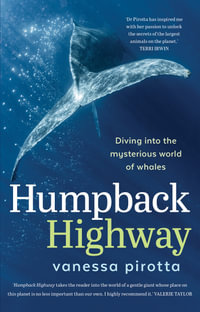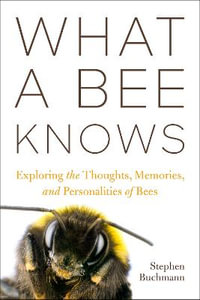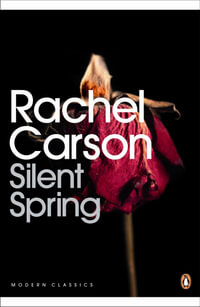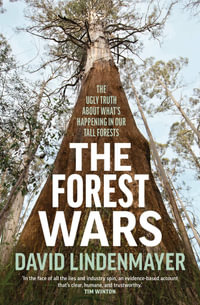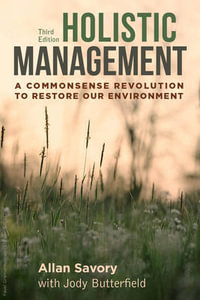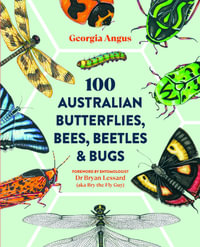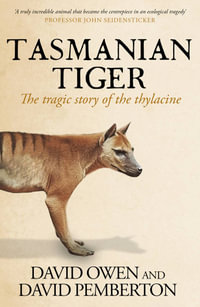Sacred Natural Sites are the world's oldest protected places. Some of the most prominent examples include Uluru (Ayer's Rock, Australia), Mount Fuji (Japan), Sagarmatha /Chomolongma (Mt Everest, Nepal and China), the River Ganges (India), the Sacred Groves of India, Lake Titicaca (Bolivia and Peru) and Mount Kilimanjaro (Tanzania ). This book focuses on some of these iconic sites but more on lesser known examples such as the Holy Hills (China), the Golden Mountains of Altai (Russia), Holy Island of Lindisfarne (UK) and the sacred lakes of the Niger Delta (Nigeria). Across a wide range of case studies from throughout the world, authors describe these sacred mountains, lakes, rivers, forests, groves, islands, seas, and landscapes and the species that live in them.Sacred natural sites are shown to contain remarkable biodiversity and therefore can make a significant contribution to halting the catastrophic extinction of wild species of plants and animals as well as the decline and damage of habitats and ecosystems. They also display a broad array of cultural diversity, languages, rituals, traditional knowledge, art, song, story, dance and identity and therefore appear of universal humanitarian value. Religion can partner with conservation science in sacred natural sites for the pragmatic and effective protection of nature. Often cared for by their traditional custodian community, sacred natural sites represent a wide diversity of socio-ecological models that can help find approaches for more sustainable lifestyles and human-nature relationships for the world at large. This book illustrates that sacred natural sites, although often under threat, exist within and outside formally recognised protected areas and heritage sites. Sacred sites may well be some of the last strongholds for building resilient networks of connected landscapes as well as forming important nodes for maintaining a dynamic cultural fabric in the face of global change. The book therefore bridges the gap between approaches to the conservation of cultural and biological diversity. It applies a multidisciplinary approach to recognizing, understanding and managing sacred natural sites. It provides examples of how economic benefits - such as from tourism and fisheries - can be compatible goals with the conservation of sacred biodiversity and thus advancing the welfare of both people and wildlife. It concludes that conservation efforts are likely to be successful only if the cultural and spiritual values are taken into account together with the socio-economic interests of the custodian communities and other relevant stakeholders.
Industry Reviews
'This book is being published in the International Year of Biodiversity, which gives it special importance as an expression of the special relationship between people and the rest of nature. It offers us an opportunity to remind ourselves of the deep and meaningful relationships that many religions and faith communities have with nature, demonstrated by their devotion to sacred natural sites such as those described in these pages.' Julia Marton-Lefi? vre, Director General, International Union for Conservation of Nature, Gland, Switzerland 'If science is to serve life on this planet, we need more than just intellectual rigour, we also need ethical vigour. That demands values. But what might inform these? One basis is that which human experience has termed 'the sacred'. For some, 'the sacred' is a hypothetical concept. For others, it is a function of empirical experience in consciousness. Either way, this milestone of a book shows that the impact on nature conservation can be hugely positive, inviting scholarly critique and appreciation.' Professor Alastair McIntosh, Centre for Human Ecology, University of Strathclyde, UK and author of Soil and Soul 'Sacred Natural Sites sports an international all-star cast and concise, no-nonsense chapters. The study of sacred natural areas has come of age, and this is the book to prove it.' Fikret Berkes, Distinguished Professor and Canada Research Chair at the University of Manitoba, and the author of Sacred Ecology @quote: 'This excellent book is a welcome addition to the academic and professional literature in the relationship between people and nature. The book is a must for all managers of heritage places where sacred natural sites occur, academics, heritage professionals, and students, not just of sacred natural sites but for those also from the culture side. It also ought to be brought to the attention of those preparing World Heritage nominations and to government agencies where the less famous examples exist outside formally protected areas and heritage sites'. -- Ken Taylor, IJHS Australia.







